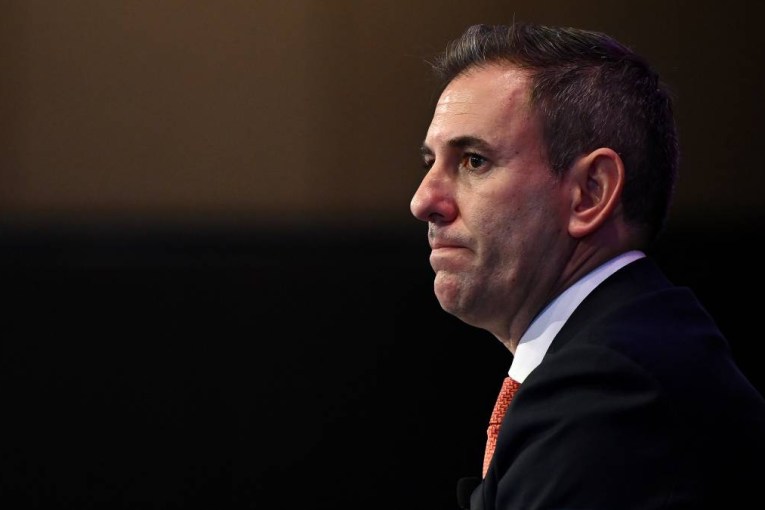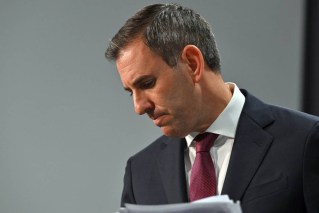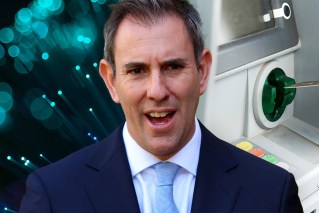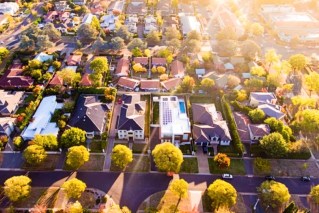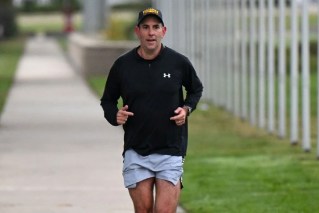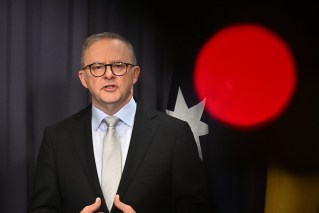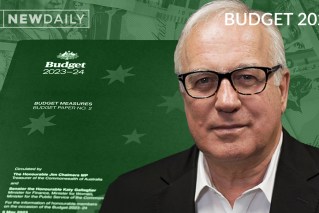Federal budget 2021: Here are this year’s winners and losers

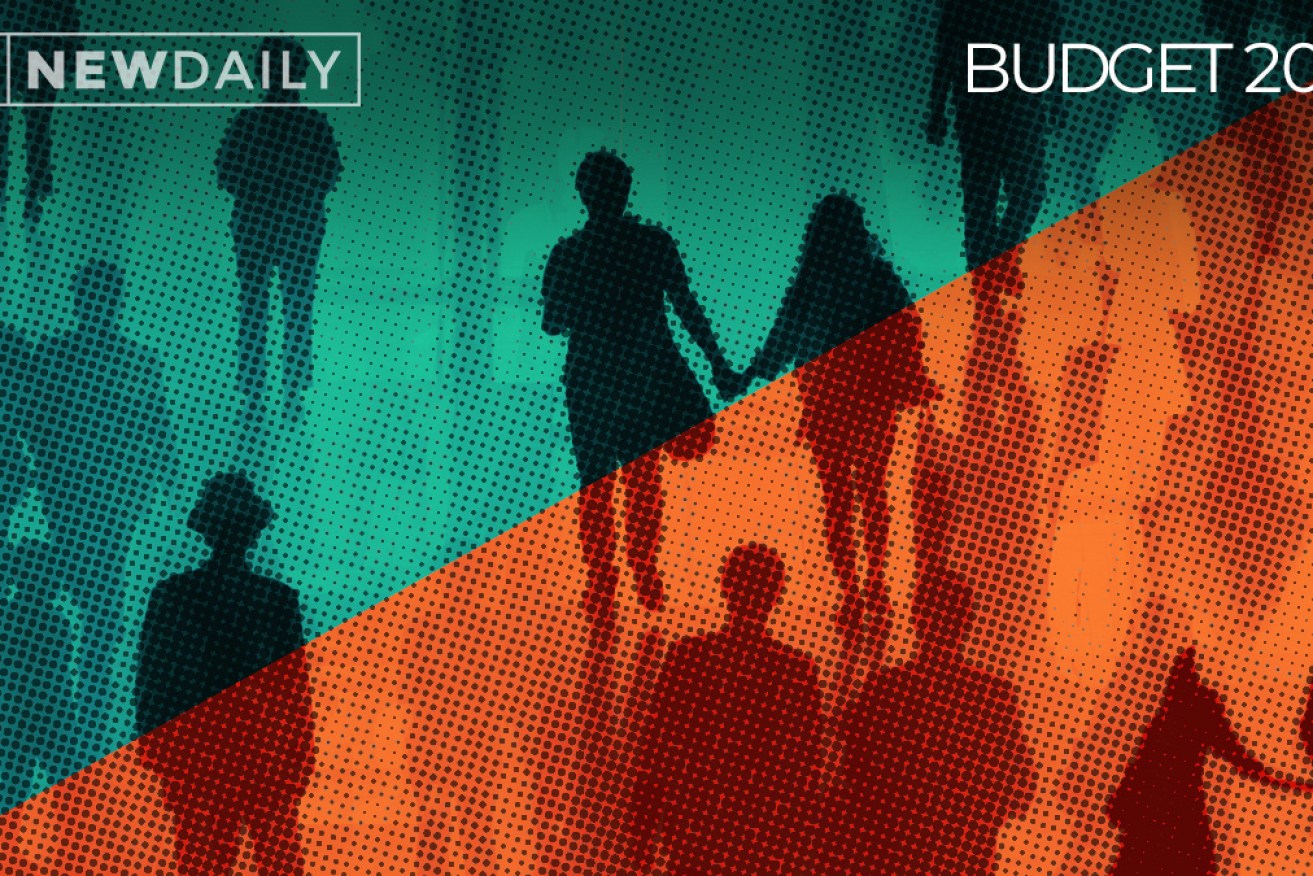
Despite lots of spending, not everyone got what they wanted in the federal budget. Photo: TND
Treasurer Josh Frydenberg has brought out the big guns for this year’s budget, outlaying billions of dollars for care sectors, mental health services, and tax concessions for millions of Australians.
But while there’s no shortage of budget winners, there’s also a lengthy list of budget losers.
Winners
Women
The government has committed more than $3.15 billion over the next five years to policies aimed at addressing workplace sexual harassment and improving women’s economic security, safety and health.
- Child care will receive a $1.7 billion funding boost over four years. For parents with more than one child in care, the Child Care Subsidy will be increased by 30 percentage points, up to a maximum of 95 per cent of costs, for second and subsequent children in care. The annual funding cap of $10,560 will also be scrapped
- The budget includes $998 million to be spent over four years to address domestic and family violence issues, including $261.4 million for frontline services in a new national partnership with states
- The budget also includes $148 million over five years for women’s health, which includes funding for breast and cervical cancer screening.
Mental health
More than $2 billion has been committed over four years to improve mental health services.
- $111 million for new and improved digital mental health services to raise engagement
- $158.6 million over four years to “achieve universal aftercare services” for Australians discharged from hospital after attempting suicide
- $487.2 million over four years for new mental health centres targeting treatment.
Retirees
The government has pledged $17.7 billion in funding over five years for aged care in response to the recent royal commission, in addition to extra spending for retirees.
- $7.5 billion over five years for 80,000 new home care packages and respite care
- $7.8 billion over five years to boost total care minutes for 240,000 residents and increase daily funding for residential aged-care residents by $10 a day
- Eligibility age for downsized super contributions to be reduced from 65 to 60.
First-home buyers
The budget unveiled more than $800 million worth of measures targeting home ownership and first-home buyers.
- $774.8 million over two years will go towards extending the HomeBuilder grant so that applicants can start their construction over an 18-month period, up from a previous deadline of six months
- A Family Home Guarantee will allow 10,000 single parents to enter the market with a deposit as low as 2 per cent, with the government underwriting insurance
- 10,000 new places have been granted under the First Home Loan Deposit Scheme, allowing people to enter the property market with a deposit as low as 5 per cent.
Australians earning up to $126,000 a year
About 10 million taxpayers with incomes up to $126,000 a year are in for bigger tax refunds under a continuation of the low-and-middle-income tax offset.
- Those earning $37,000 or less will see their tax reduced by up to $255
- Those on incomes between $37,000 and $48,000 receive an extra 7.5 cents per dollar of extra income above $37,000, up to a maximum offset of $1080
- Those on incomes between $48,000 and $90,000 will get the maximum offset of $1080
- Those on incomes between $90,000 and $126,000 will receive less, with the offset phasing out by 3 cents for every extra dollar of income above $90,000.
Losers
The environment
About $1.6 billion in funding over 10 years was pledged to “incentivise private investments” under the government’s low-emissions technology scheme.
But that pales in comparison to the investments in clean energy and other emissions reduction technologies made by comparable economies after COVID-19.
Australia has committed only 2 per cent of its COVID-19 recovery funds to green investments, according to UN data, while Canada has committed 75 per cent.
JobSeeker recipients
More than $9.3 billion over four years was pledged to back up a $50-per-fortnight increase to JobSeeker, but the rate is still below the poverty line and below its pandemic level.
The government will also pursue $352 million worth of savings in employment services over the next four years in an attempt to streamline mutual obligation arrangements, with fewer face-to-face services and more red tape before payments start flowing for digital sign-ups.
Renters
There were no measures in the budget addressing rental affordability, while the more than $800 million pledged to assist home buyers will put further pressure on already fast-rising property prices, making it harder for those who aren’t currently in the market to afford a property down the track.
Notably, the budget did not address tax incentives such as negative gearing that help property investors.
Tourism
The budget confirmed the international border will remain closed until next year, but additional support for tourism businesses and regions was paltry at just $120 million.
Existing support under the previously announced $1.2 billion aviation and tourism support package (including half-priced airfares) largely expires in September, long before the border is scheduled to begin reopening.
Electric vehicles
No funding was outlaid in the budget for electric vehicles, despite comparable economies around the world investing heavily in boosting the uptake of low-emissions vehicles as part of their net-zero ambitions.
